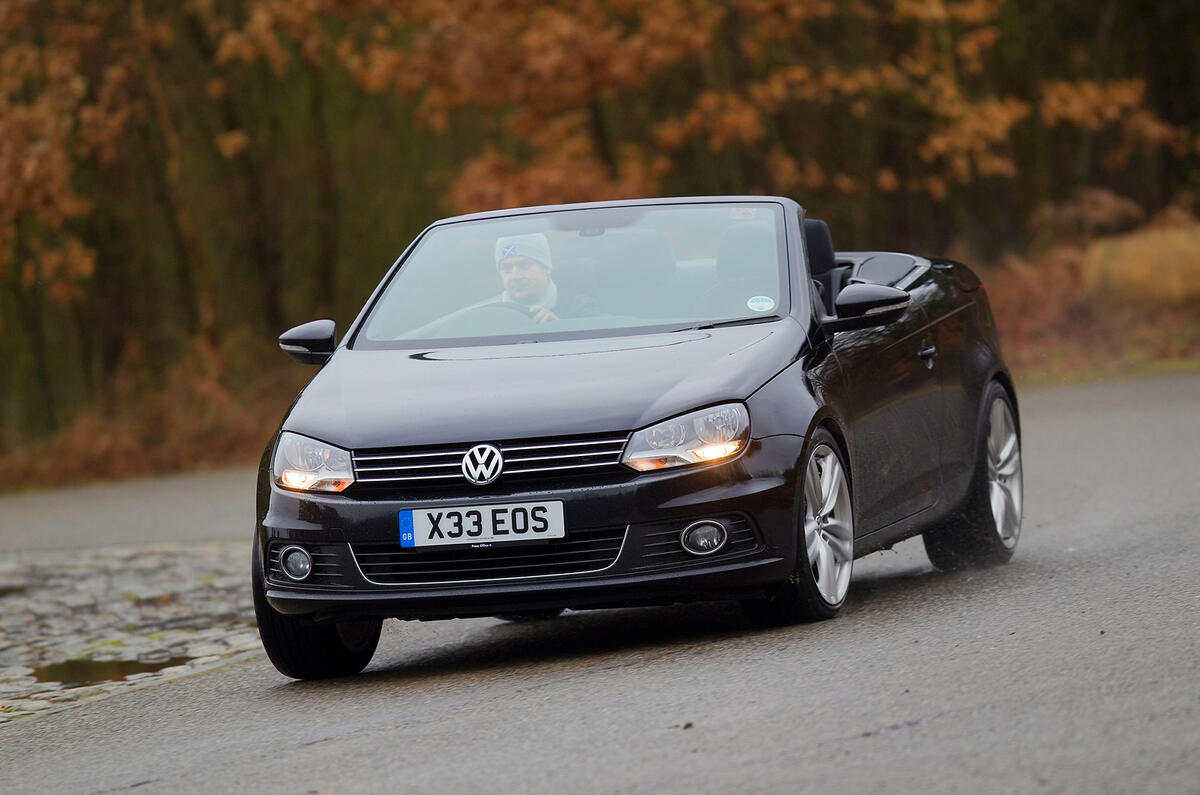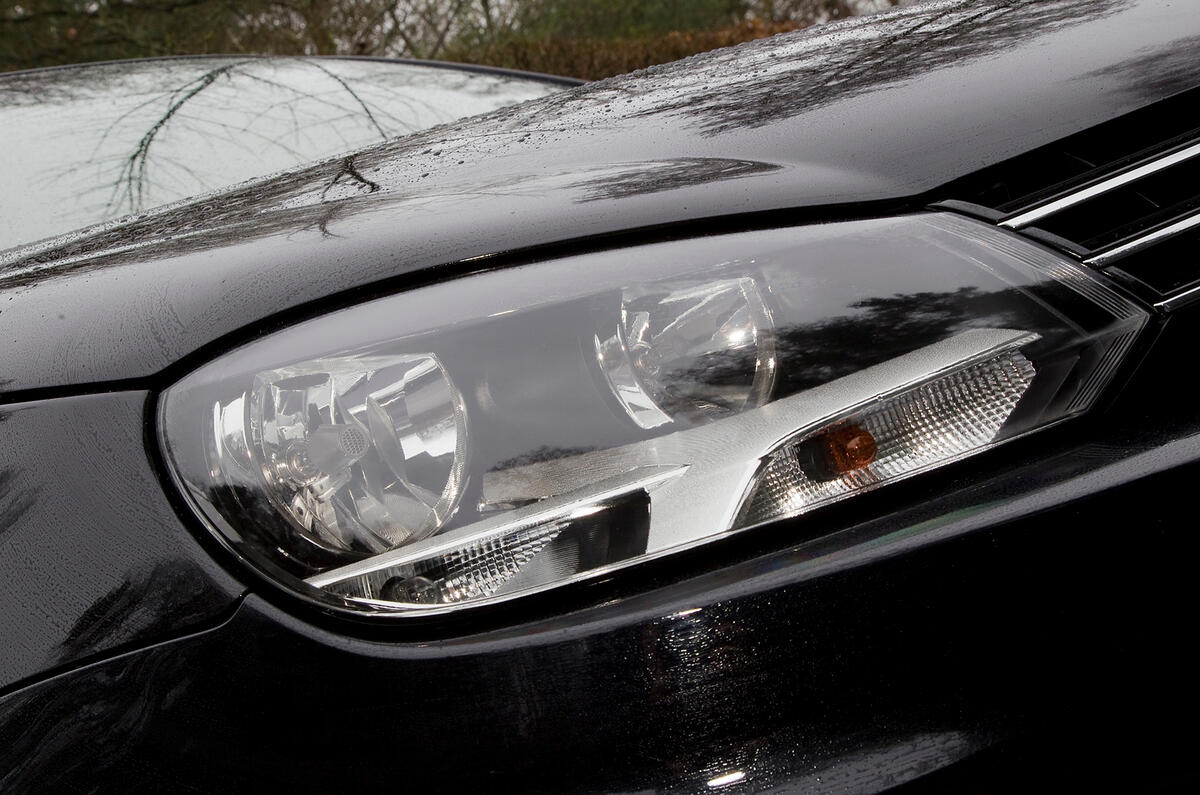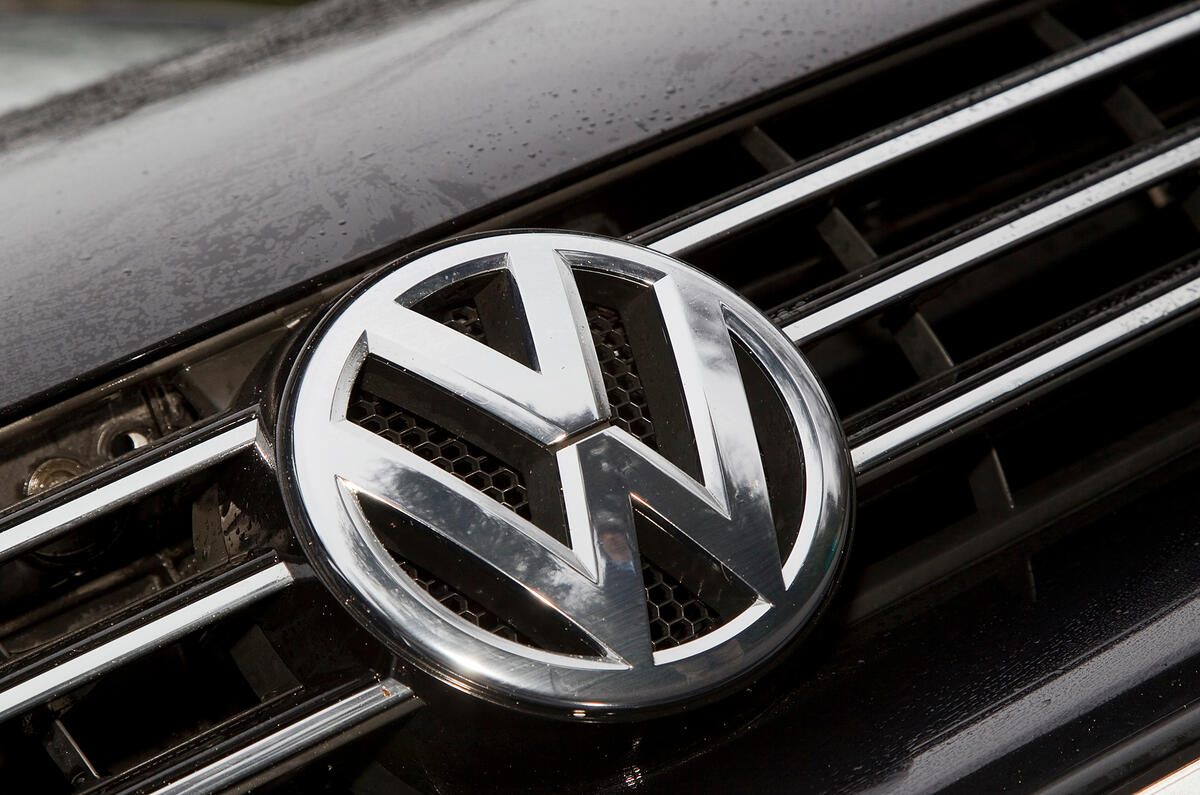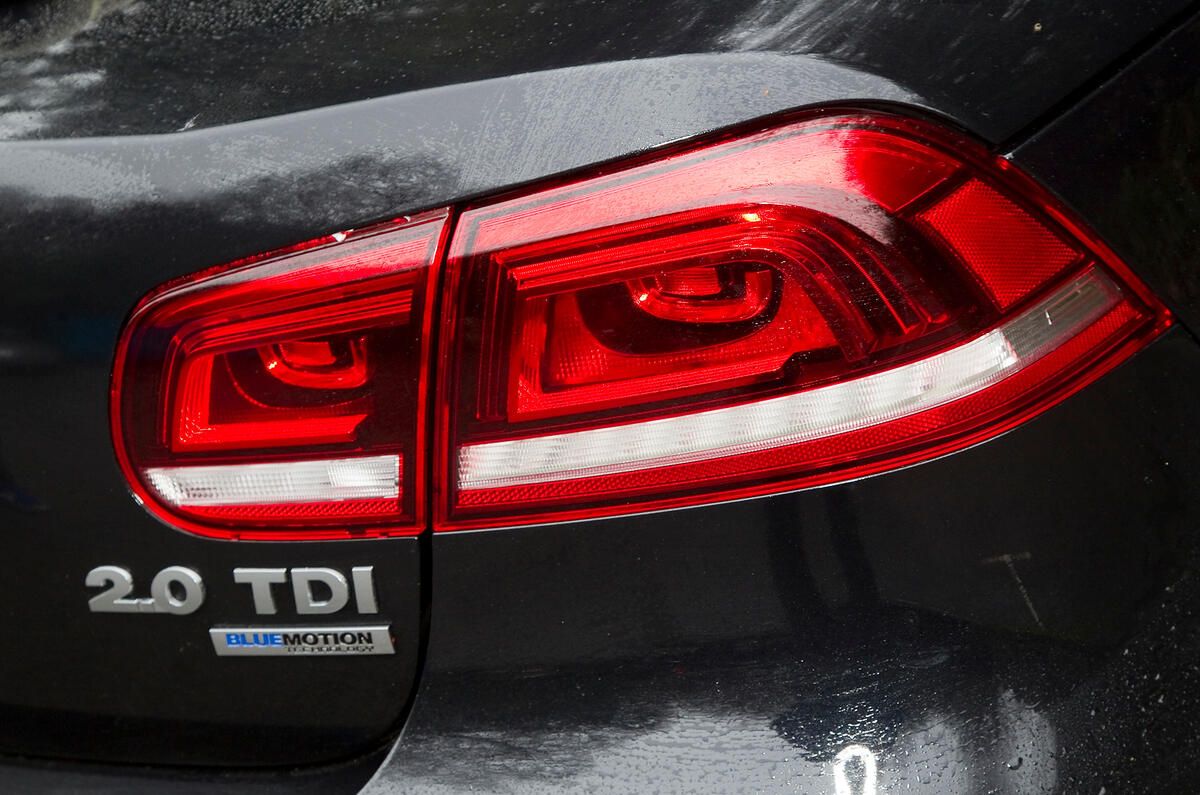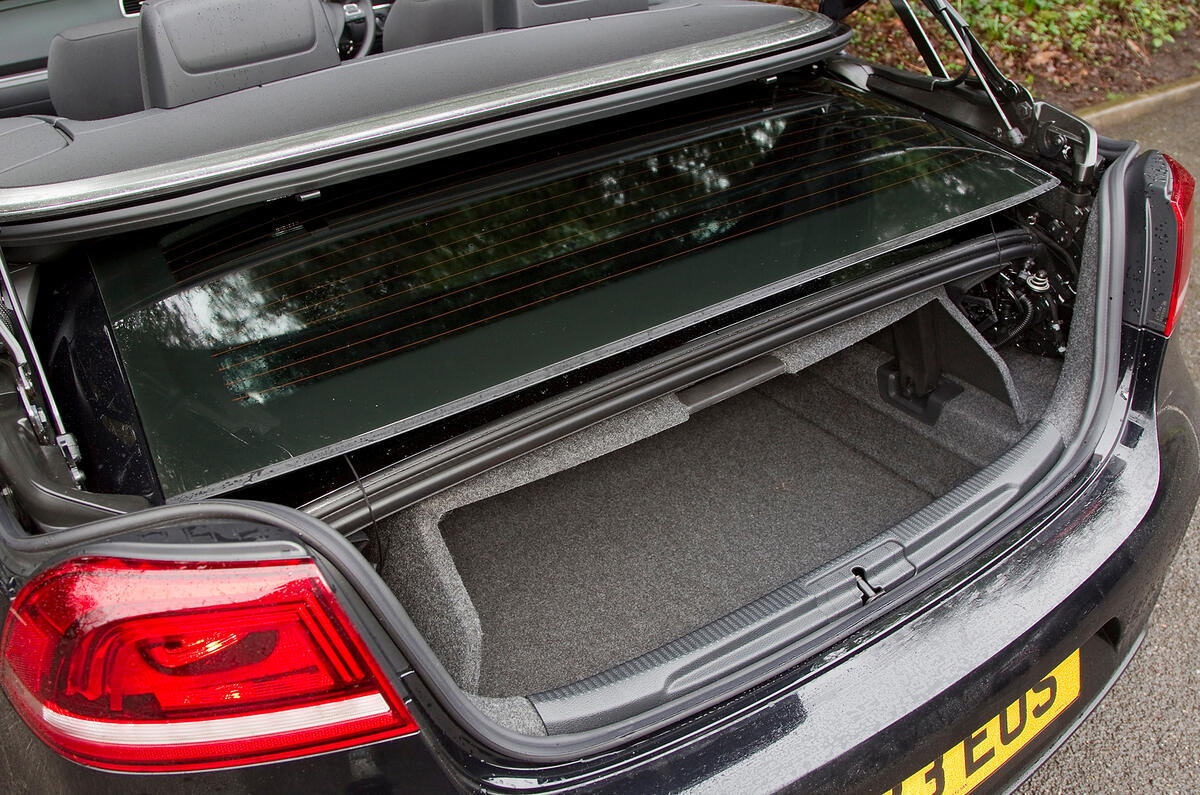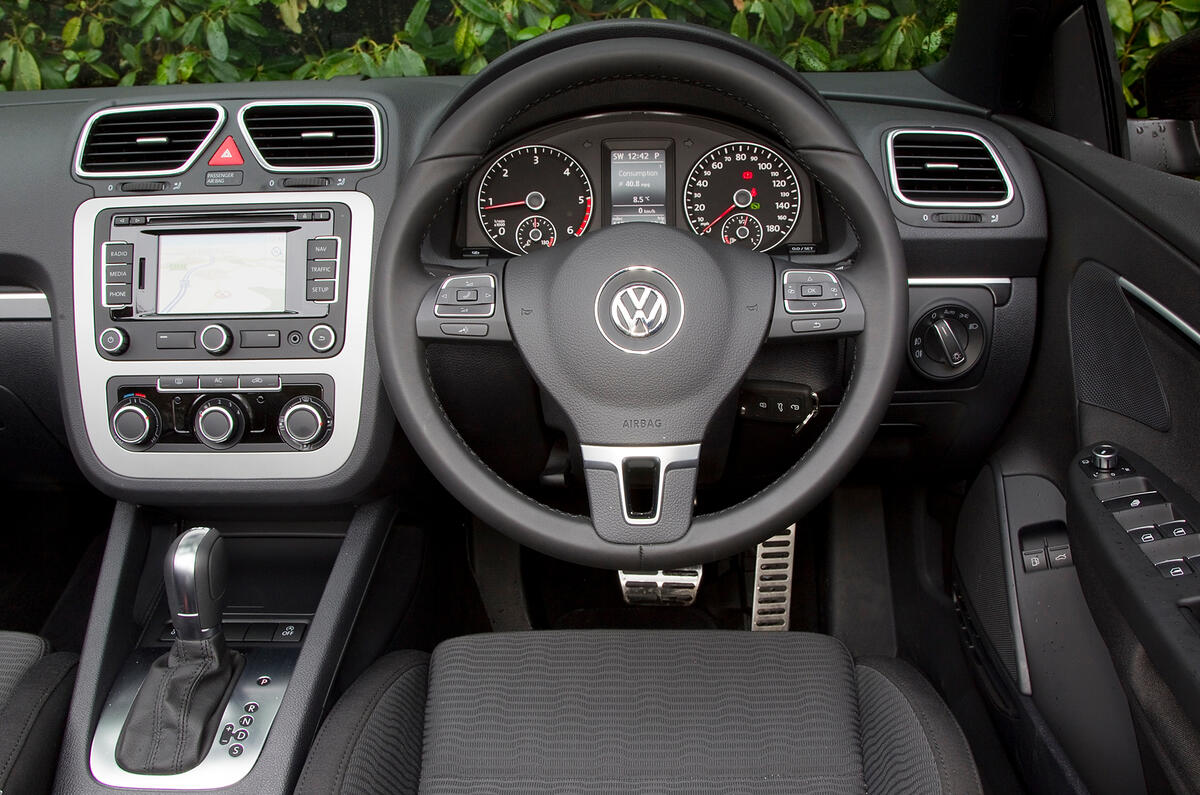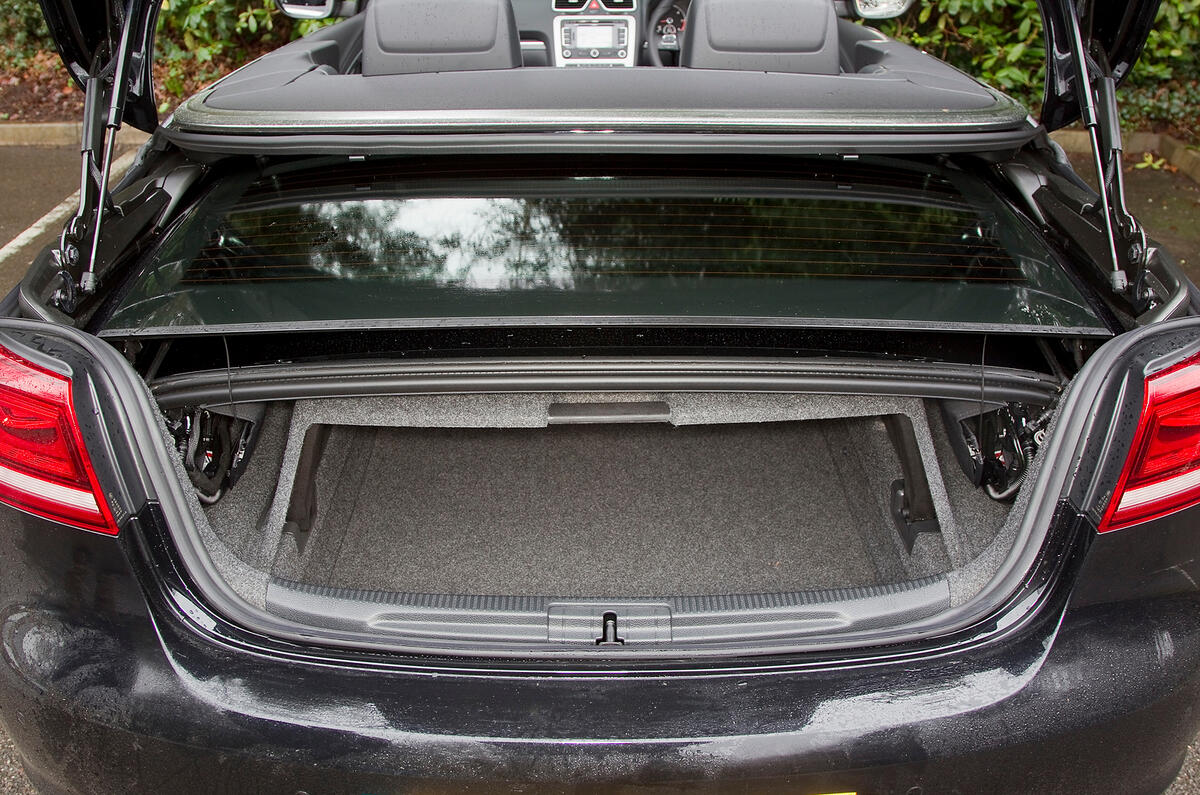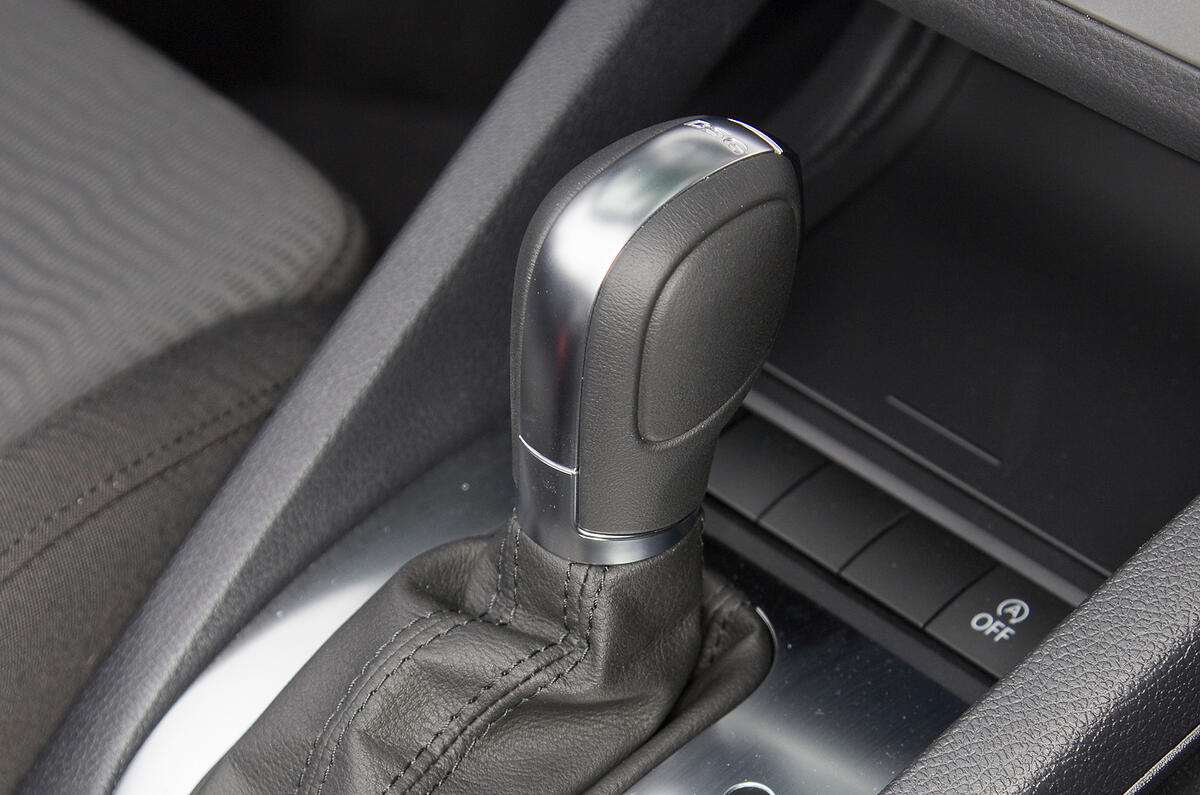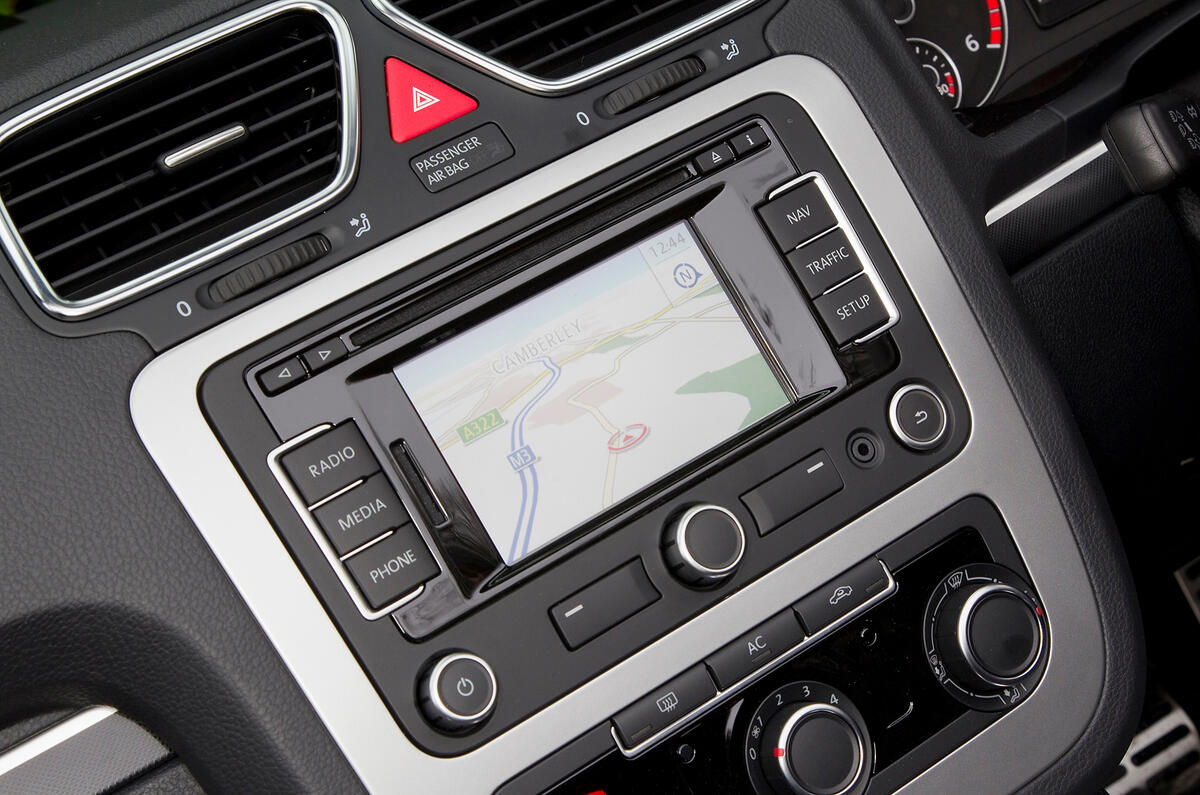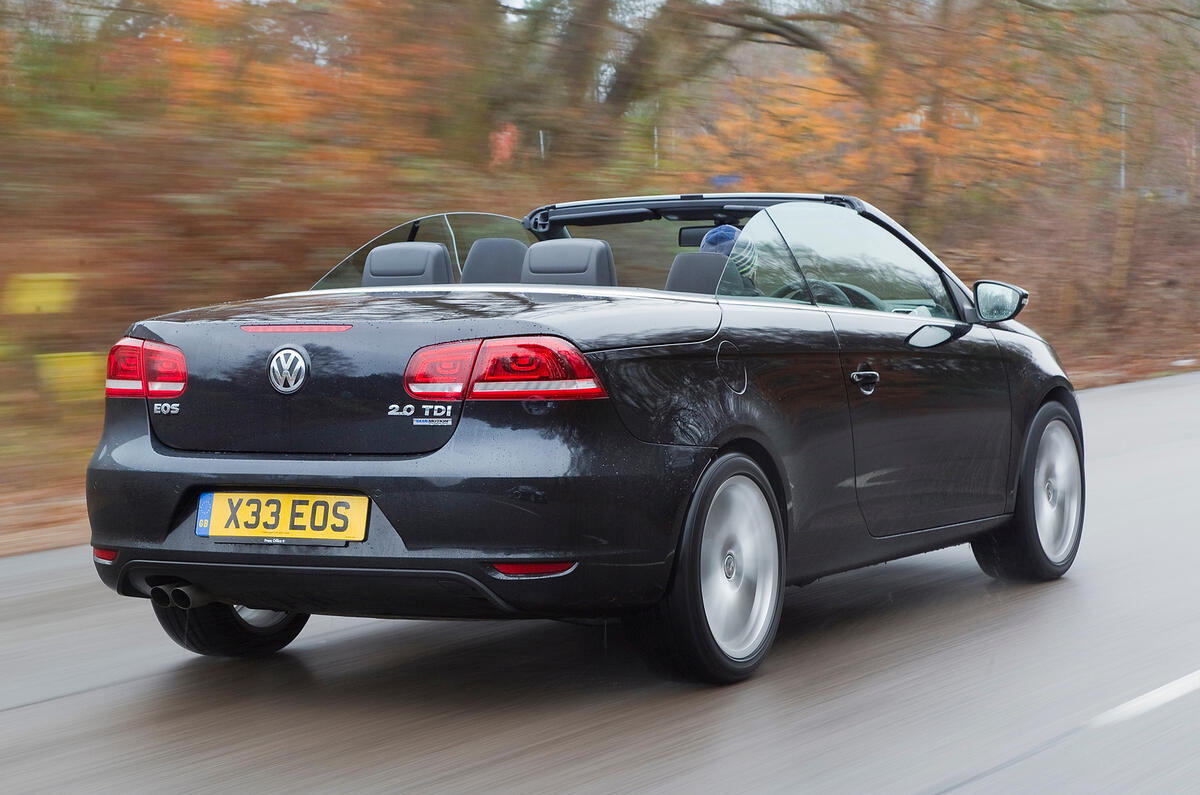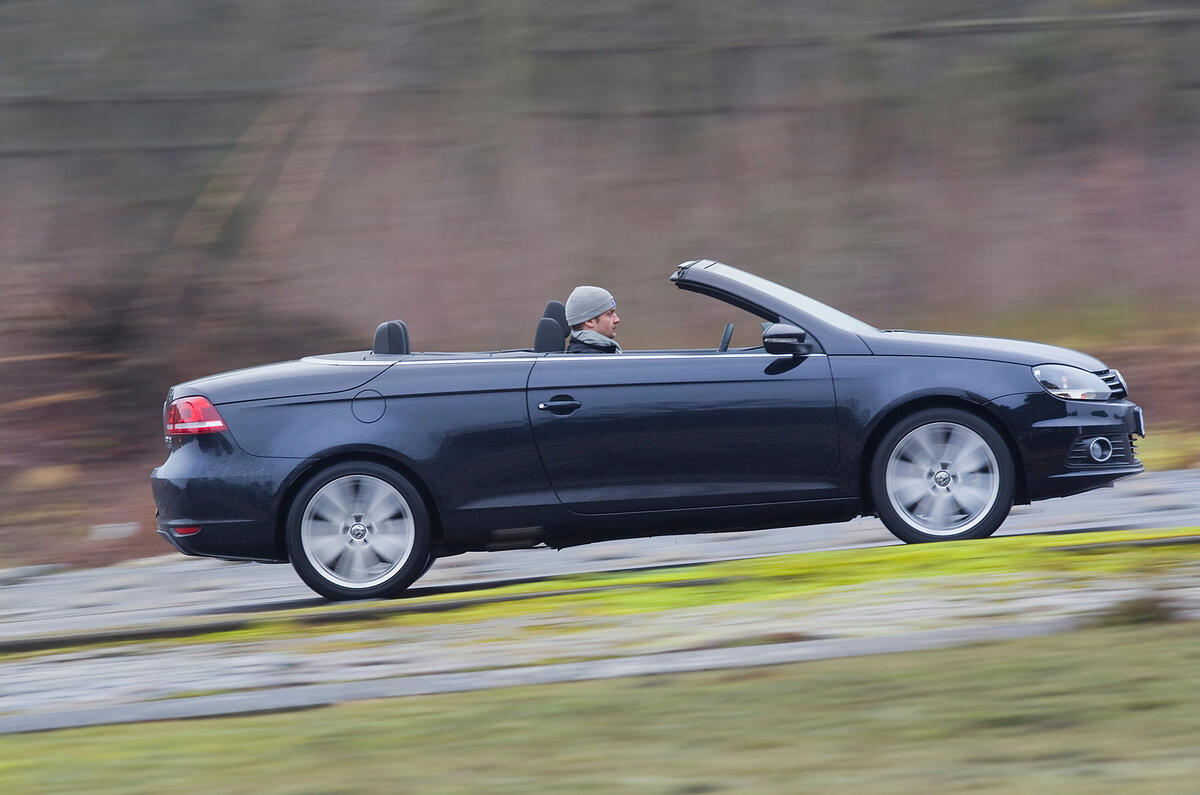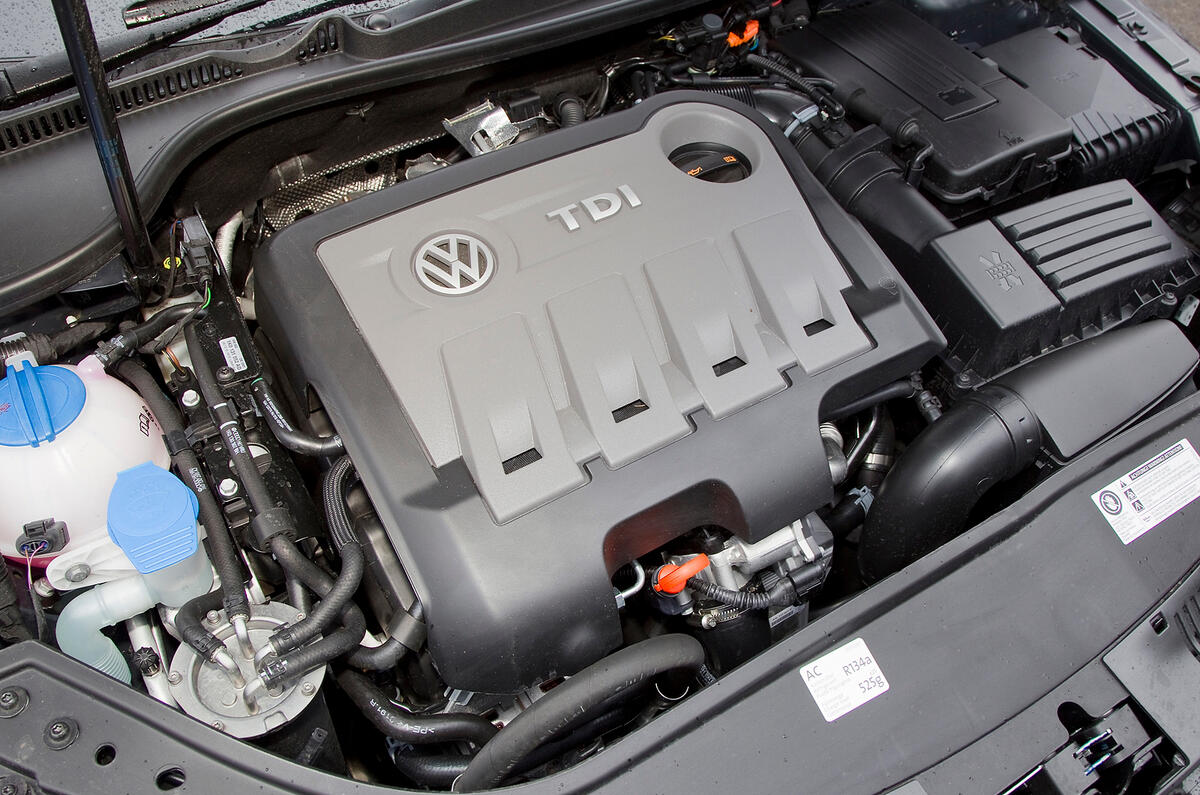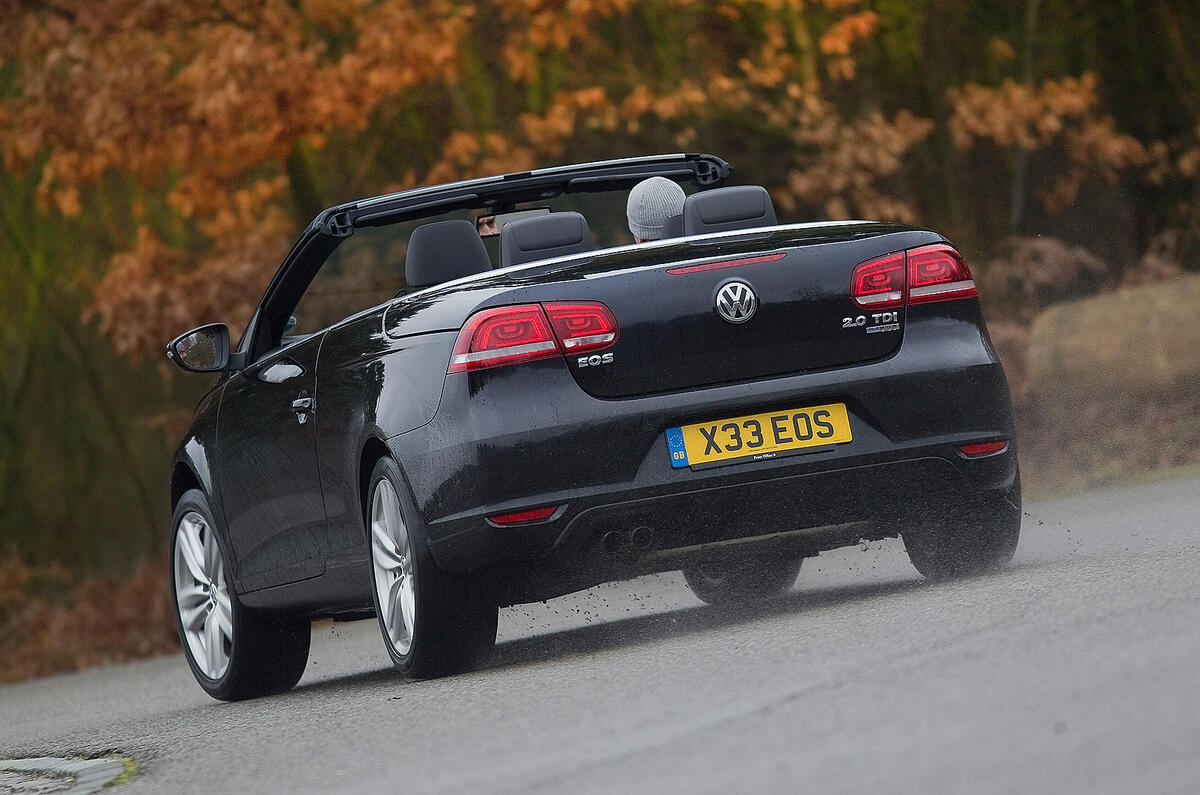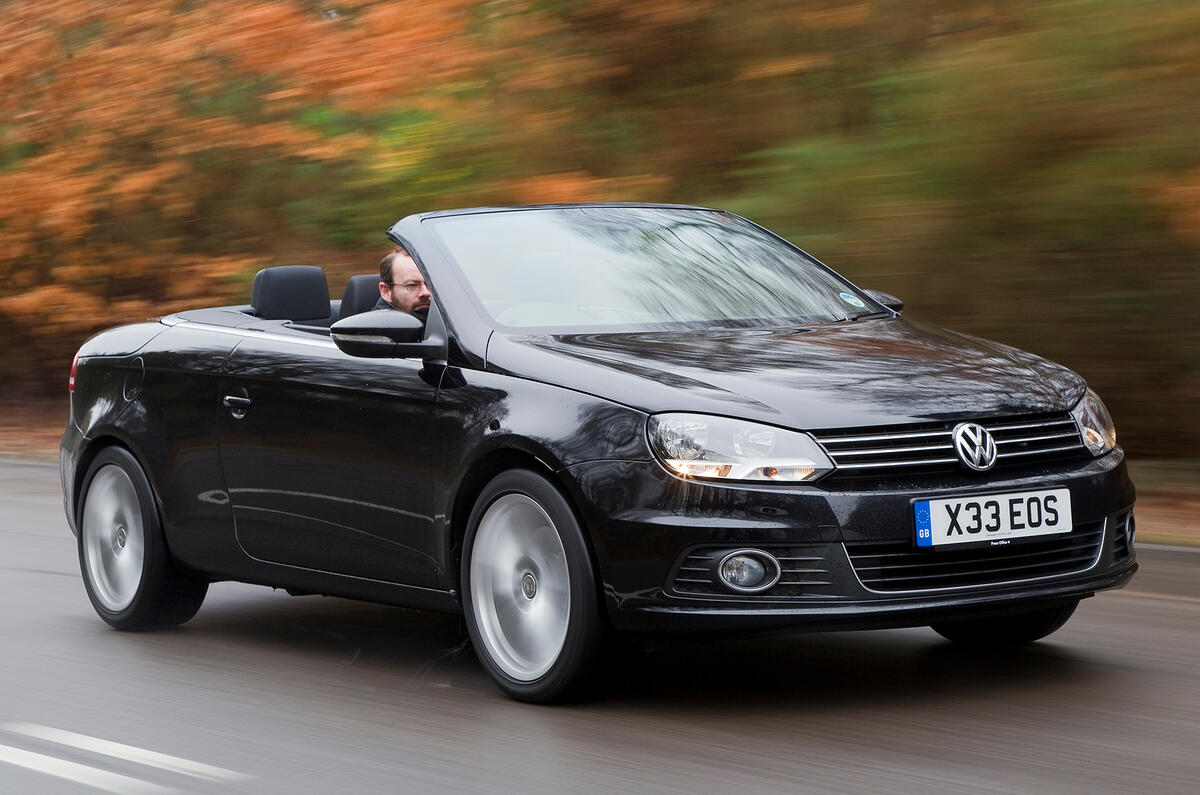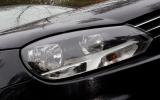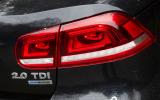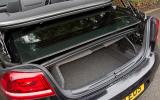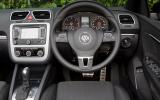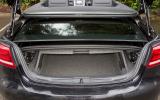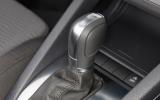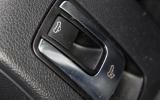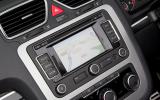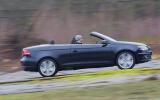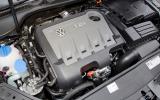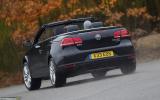While fun sells, VW is reticent about marketing its modern-day roofless-Golf equivalent simply on the basis of providing a giggle (it’s got the Beetle convertible for that), so to emphasise its bespoke appeal and woo more sophisticated buyers, VW dropped the ‘Golf cabriolet' tag and adopted Eos – the Greek goddess of dawn.
That was back in 2006. Five years later the Eos got a facelift just as, to emphasise its not-a-Golfness, Volkswagen launched a genuine Golf cabriolet with a soft top. That bolstered the Eos's own identity as a hard-roofed coupé-cabriolet and a slightly bigger, longer-tailed car, not obviously based on an existing hatchback in the way the Renault Mégane CC and the Peugeot 308 CC are and the Vauxhall Astra TwinTop and the Ford Focus CC were.
Of this bunch, the VW badge still carries the most cachet. This was borne out by the pricing at launch, which was pitched some way above the direct competition and within sight of premium alternatives from Volvo and Audi. Since then the prices have risen little and today the Eos represents surprising value.
Initially the range began with a 113bhp 1.6 FSI and peaked with a 247bhp 3.2 V6. In between came a 2.0 FSI, a 2.0 TDI (available in standard or sport trim) or, as in our original road test, a 197bhp 2.0T-FSI (in sport trim only).
Post-facelift, the range starts with a 121bhp, 1.4-litre TSI, a 158bhp version which adds a supercharger to the turbocharger, that 2.0 TDI currently with 138bhp, and a revised version of the 2.0-litre turbo engine (now simply called TSI) with 208bhp.


